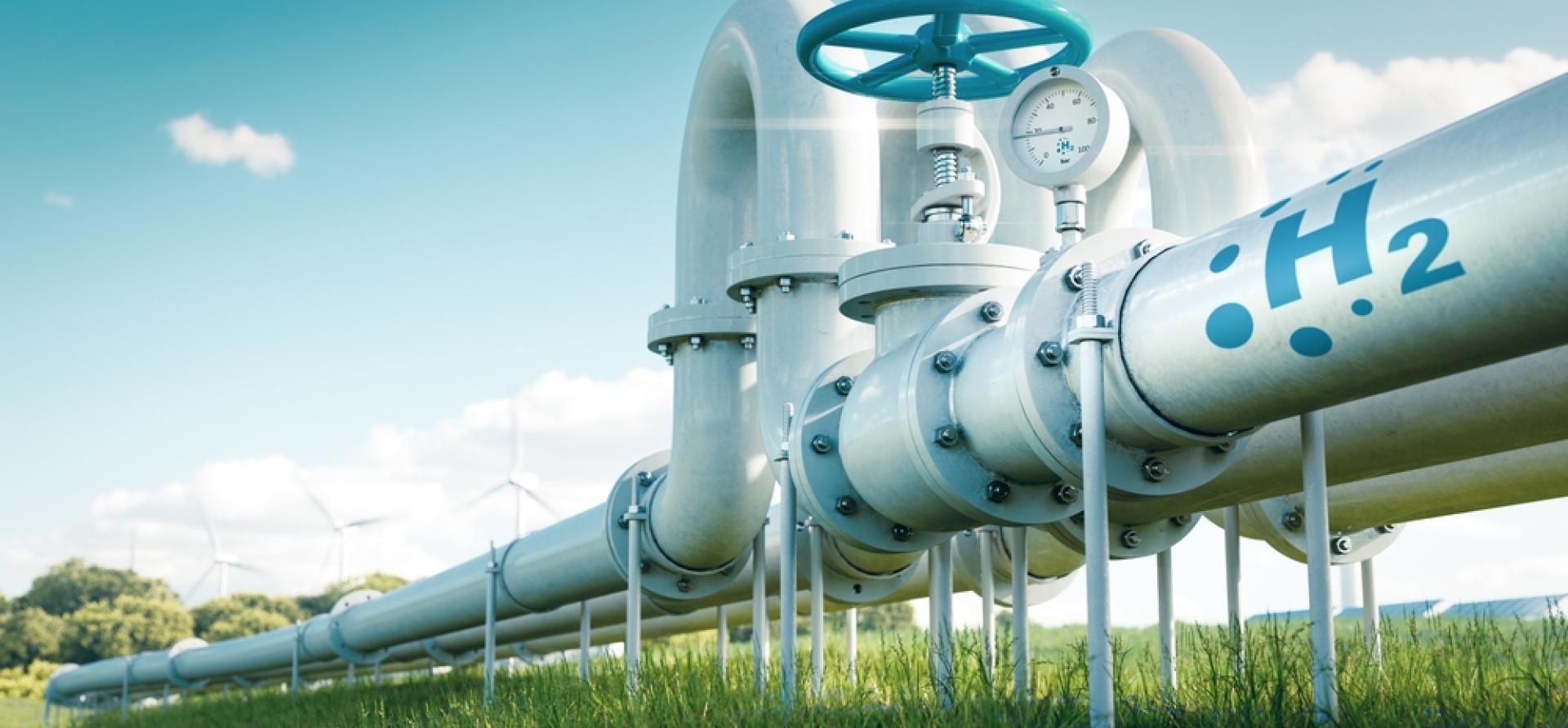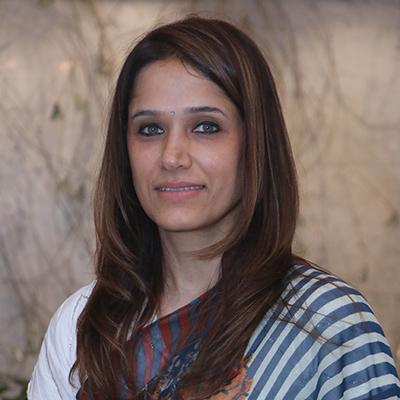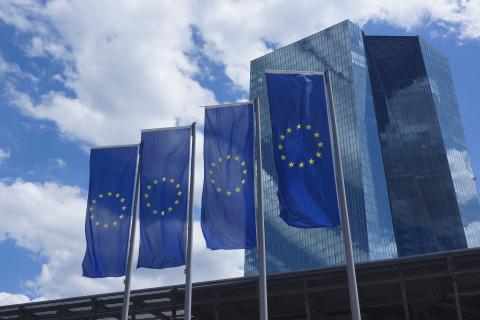
Key Findings
The levellised cost of green hydrogen in India will likely fall by up to 40% to Rs260-310/kg (US$3-3.75/kg) with the support of incentives, cheap renewable electricity, waiver of ISTS open access charges, distribution and transmission charges and lowering the GST rate for hydrogen to 5%.
Electrolyser manufacturers are projected to achieve a 7-10% reduction in total system costs for the first five years with Rs2,960/kW (US$36/kW) being the average annual realisable base incentive.
While the green hydrogen scheme is an important step for India, refinements are needed to promote long-term investment and project viability.
The green hydrogen definition framework needs enhancement with globally accepted definitions for critical aspects such as how green hydrogen is produced (additionality), its origin (deliverability) and timing (temporal matching) to make a global impact.
Executive Summary
India’s Green Hydrogen Mission aspires to position the nation as a global hub for green hydrogen production, utilisation and export, contributing significantly to energy independence and the decarbonisation of key economic sectors. The mission targets a green hydrogen production capacity of 5 million metric tonnes a year (MMTPA) and the addition of 125 gigawatts (GW) of renewable energy capacity by 2030, with the aim of abating 50MMTPA of greenhouse gas (GHG) emissions.
At the core of the National Green Hydrogen Mission (NGHM) is the Strategic Interventions for Green Hydrogen Transition (SIGHT) programme, which introduces two distinct financial incentive mechanisms. These mechanisms target incentivising domestic manufacturing of electrolysers and green hydrogen production. By leveraging India’s advantage in low-cost renewable electricity, the programme aims to achieve competitive domestic electrolyser manufacturing and reduce the costs of green hydrogen production.
In July 2023, the Solar Energy Corporation of India (SECI) issued a Request for Selection (RFS) as part of Component-I of the SIGHT programme, targeting the establishment of 1,500 megawatts (MW) of electrolyser manufacturing capacity in India.
While the base incentives for electrolyser manufacturers were predetermined, bidders emphasising lower specific energy consumption and higher local value addition were encouraged. Bidders could choose from any stack technology or indigenously developed stack technology, categorised as Bucket 1 and Bucket 2, respectively. The total outlay for this incentive scheme is Rs44.4 billion (US$541 million).
Against the 1,500MW capacity, SECI received bids totalling 3,328.5MW from 21 participants. Ultimately, eight were selected in Bucket 1, including Reliance Electrolyser Manufacturing, John Cockerill Green Hydrogen Solutions and Jindal India, each securing 300MW capacity with a maximum incentive allocation of Rs4.44 billion (US$54.1 million). The others included Ohmium Operations, Advait Infratech and Larsen &Toubro (L&T) Electrolysers.
In Bucket 2, HomiHydrogen won 101.5MW capacity and Adani New Industries secured 198.5MW. Most of the winning participants had prior tie-ups with electrolyser technology companies, some even securing technology license agreements before bid submission, showcasing proactive strategies that contributed to their success.
SECI initiated another RFS in July 2023 to select green hydrogen producers under Component-II of the SIGHT scheme. The total outlay for this component is Rs130.5 billion (US$1.59 billion). Here, winners were selected based on the least incentives quoted for their production capacity. The green hydrogen production capacity was distributed with 410,000 metric tonnes a year (MTPA) under Bucket 1 and 40,000MTPA under Bucket 2. Bucket 1 pertains to technology-agnostic pathways for green hydrogen production, while Bucket 2 focuses on biomass-based pathways. Bid submissions exceeded the available capacity of 450,000MTPA, reaching 551,500MTPA from 13 bidders. Winners in Bucket 1 included Reliance, Greenko and ACME, securing 90,000MTPA of capacity each, with respective average incentives of Rs18.9/kg (US¢23/kg), Rs30/kg (US¢36/kg) and Rs30/kg (US¢36/kg).
HHP Two (Hygenco), with a winning capacity of 75,000MTPA, received an average incentive of Rs25.04/kg (US¢30/kg). Other winners included Torrent Power, CESC Projects, Welspun, UPL and JSW Neo Energy. Bharat Petroleum Corporation Limited secured 2,000MTPA capacity under Bucket 2, with 38,000MTPA unallocated.
Most winners are strategically venturing into green hydrogen production, leveraging their positions in the renewable energy sector. Despite this enthusiasm, using green hydrogen to decarbonise domestic end-use industries remains uncertain due to challenges such as infrastructure limitations, regulatory ambiguities and the absence of clear mandates for its use. The winners focus on export markets due to challenges and price concerns in the domestic market. The sector grapples with stringent safety regulations, technology changes, project delays, policy uncertainties and a need for robust hydrogen supply chain infrastructure.
While ambitious and well-intentioned, the scheme has some shortcomings, which we highlight in this report along with solutions proposed to benefit all stakeholders. Possible barriers to long-term investment in domestic green hydrogen production include the scheme’s short tenure (five years) and comparatively low subsidies.
Political, technological and global market uncertainties can affect optimism for a future decline in green hydrogen costs. Government intervention in establishing standards, policies and regulations and streamlining offtake for demand creation is crucial for developing the green hydrogen market in India. Without such measures, India will likely remain a marginal player in the global green hydrogen market.















